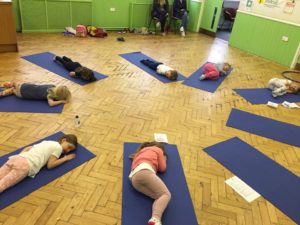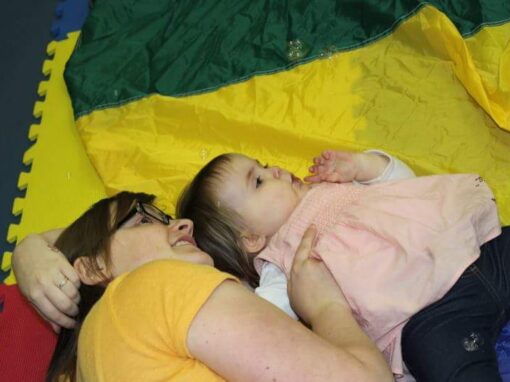Why You Need Sleep
The average child has a busy day. There’s school, taking care of pets, running around with friends, going to sport hobbies or other activities, and of course homework. By the end of the day, a child’s body needs a break. Sleep allows thee body to rest for the next day.
Everything that’s alive needs sleep to survive..

Sleep problems are common among children. In fact, most kids aren’t getting enough sleep at night. When children are sleep deprived, they’re likely to have a hard time controlling their emotions. This can lead to problems at home and at school, and can be exhausting for parents. (As if parenting isn’t hard enough, having a child with sleep problems can make your job even more difficult!)
How the brain benefits
Though no one is exactly sure what work the brain does when you’re sleeping, some scientists think that the brain sorts through and stores information, replaces chemicals, and solves problems while you snooze. The NHS recommendations for children and sleep can be found here.
Most kids between 5 and 12 get about 9.5 hours a night, but experts agree that most need 10 or 11 hours each night. Sleep is an individual thing and some kids need more than others.

When your body doesn’t have enough hours to rest, you may feel tired or irritable, or you may be unable to think clearly. You might have a hard time following directions. Everyday situations may feel impossible, kids may become clumsy playing sport or instruments. Researchers believe too little sleep can affect growth and the immune system — which keeps you from getting sick.
How yoga can help!
Why not introduce bedtime yoga incorporating yoga into the bedtime routine, kids of all ages will be stretching and twisting and breathing their way into the land of nod zzzzzz. Yoga is so much fun see our blog on why here. Bedtime yoga will help a child shift their mind’s focus from daily stressors to focusing his attention to yoga postures, relaxation techniques and breath work, with the ultimate goal being a restful sleep. This does mean no gadgets or TV before bed!
Here’s our top 5 sleep inducing postures to try:
1. Moon salutation:
Helps to release extra energy. It’s similar to a Sun Salute, but we are saluting the moon and reaching for a wishing star. The child will begin by standing up nice and tall then stretching arms overhead. From here fold over the legs in a Forward Fold, then come all the the way back up to standing with the arms reaching up. To end stand tall back to mountain pose, with hands by their side. Repeat three times.
2. Candlestick:
Modified Shoulder Stand more commonly known as and it is perfect for calming the body and mind and for relieving tired legs. Simply start off by lying on the back and then extend both legs up towards the ceiling. Ensure the neck is protected and keep the eyes on the toes which avoids looking around as this can make you unbalanced. Hold for five breaths.
3. Hugs:
A pose to do midway in these stretches or just before bed is, have them hug their knees into his chest and squeeze all the tension out of the body. The idea is to squeeze every muscle in the body, from the face to the toes. Then release so the body feels nice and light and relaxed. Twice over is enough for this and it can be done sat up or lay down.
4. Relaxed arms and legs:
Need really relaxed for this one and you can test it by wiggling them to see if they are floppy! Holding your child’s feet and wiggle the legs to release any last bit of tension. Hold the child’s hands and wiggle the arms to encourage releasing any last bit of tension there also.
5. Meditation:
A meditation exercise which can help prepare the mind for sleep and relaxation. Mediation will help the mind release stressful thoughts and move the mind’s focus to something positive. This can be done laying in bed on the back, close the eyes and imagine a star. You can talk through the star and it’s brightness and maybe ask them to have a wish.

